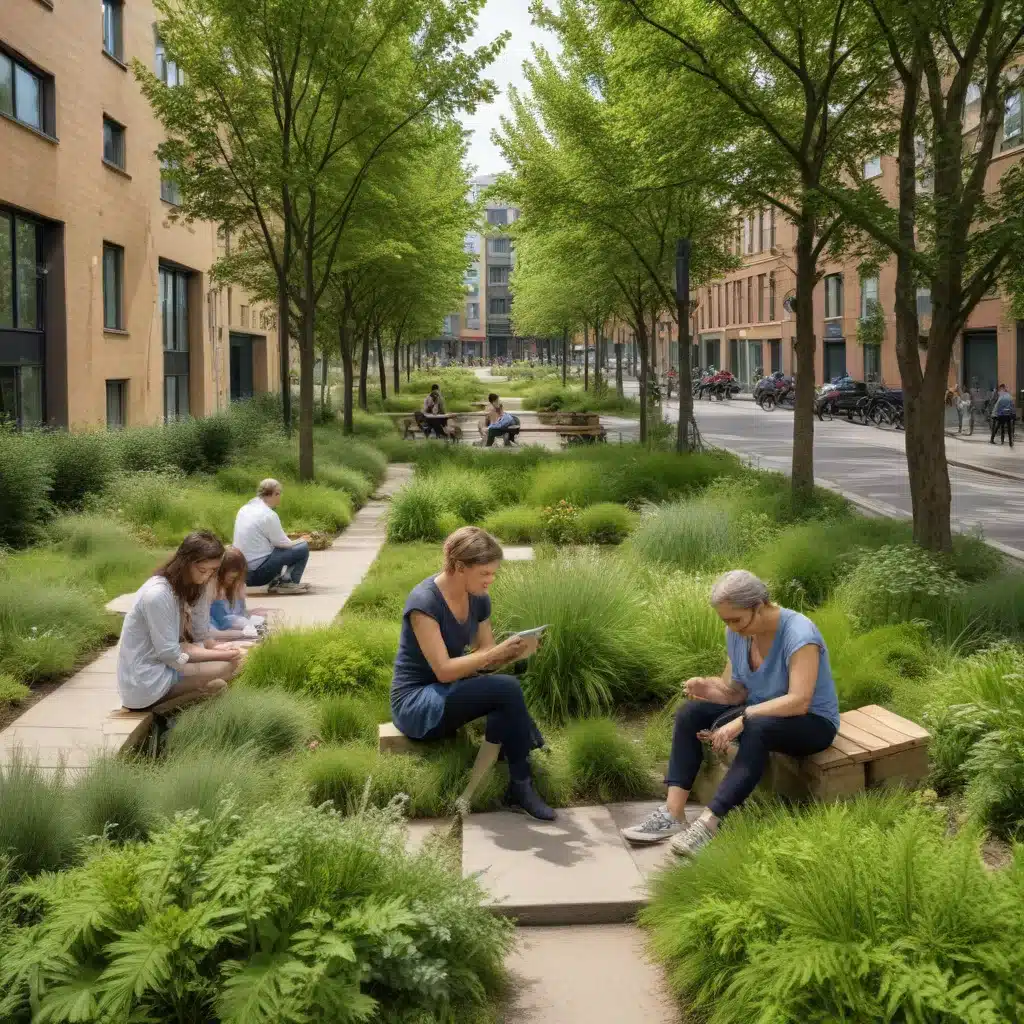
Social isolation is an aversive state characterized by a perceived lack of meaningful social connections and engagement. It arises from complex biopsychosocial factors, including physical, cognitive, and emotional barriers that restrict one’s participation in social activities and relationships. Emerging research indicates the potential for urban greenspaces to alleviate social isolation by fostering opportunities for social reconnection, restoration, and community building.
Defining Social Isolation
Social isolation is a multidimensional construct involving the objective absence or subjective perception of meaningful social connections. It encompasses loneliness, lack of social support, limited social networks, and disengagement from social activities. Individuals experiencing social isolation may feel disconnected, excluded, or lacking in a sense of belonging within their community.
Causes and Contributing Factors
The roots of social isolation are multifaceted, stemming from individual, interpersonal, and structural influences. At the individual level, factors such as age, disability, chronic illness, and personality traits (e.g., introversion) can restrict one’s ability or motivation to engage socially. Interpersonally, the loss of close relationships, changes in family structure, and lack of community ties may precipitate isolation. Structurally, urban design, transportation barriers, and socioeconomic disparities can limit access to social resources and public spaces.
Impacts on Health and Well-being
The detrimental effects of social isolation on physical and mental health are well-documented. Prolonged social isolation is linked to increased risks of cardiovascular disease, depression, cognitive decline, and premature mortality. The physiological stress response triggered by social isolation can dysregulate the immune, endocrine, and cardiovascular systems, contributing to these adverse health outcomes.
Urban Greenspaces
Urban greenspaces, such as parks, gardens, and tree-lined streets, offer diverse benefits that may help address social isolation within cities. These natural environments can facilitate social interaction, foster a sense of community, and provide settings for restorative experiences.
Benefits of Urban Greenspaces
Greenspaces in urban areas can promote social cohesion by serving as hubs for community events, recreational activities, and spontaneous social encounters. The sensory stimulation and psychological restoration provided by nature can also alleviate the cognitive and emotional burdens associated with social isolation, such as stress, rumination, and negative mood.
Accessibility and Equity
However, the distribution of urban greenspaces is often uneven, with disadvantaged neighborhoods experiencing limited access to high-quality green infrastructure. Factors like socioeconomic status, race, and disability can contribute to disparities in greenspace availability and usability. Ensuring equitable access to urban greenspaces is crucial for supporting the social and health needs of marginalized populations.
Design Considerations
The design and programming of urban greenspaces can significantly impact their ability to foster social connections. Amenities like seating, lighting, and signage, as well as the incorporation of diverse activities and community events, can enhance the inclusivity and social functionality of these spaces. Collaborative planning with community stakeholders can help align greenspace design with the needs and preferences of local residents.
Reducing Social Isolation
By leveraging the social benefits of urban greenspaces, cities can implement multi-pronged strategies to address the complex challenge of social isolation.
Role of Urban Greenspaces
Urban greenspaces can serve as catalysts for social interaction and community building in several ways. They provide neutral, accessible settings for people to gather, interact, and develop social bonds. The restorative qualities of nature can also alleviate the cognitive and emotional burdens that contribute to social withdrawal. Moreover, greenspaces can host organized community events and programming, further strengthening social ties.
Strategies and Interventions
Strategies to reduce social isolation through urban greenspaces may include:
– Increasing the quantity, quality, and accessibility of greenspaces, particularly in underserved neighborhoods
– Integrating greenspace design with community-based programming, such as guided nature walks, gardening clubs, and environmental stewardship activities
– Implementing universal design principles to ensure greenspaces are welcoming and usable for people of all ages, abilities, and backgrounds
– Collaborating with local stakeholders, including community organizations and residents, to co-create greenspace plans that address the unique social needs of the area
Evaluation and Measurement
Assessing the effectiveness of greenspace-based interventions in reducing social isolation requires a multifaceted approach. Outcome measures may include changes in social network size, frequency of social interactions, perceived social support, and self-reported feelings of loneliness and connection. Qualitative data, such as participant feedback and observational studies, can also provide valuable insights into the social dynamics and lived experiences within urban greenspaces.
Interdisciplinary Approaches
Addressing social isolation through urban greenspaces necessitates an interdisciplinary approach, drawing on expertise from fields like urban planning, public health, and community development.
Urban Planning and Design
Urban planners and designers play a crucial role in shaping the built environment to promote social connectivity. They can strategically locate, design, and program greenspaces to maximize their potential as social hubs. Integrating greenspace considerations into comprehensive land use plans, zoning policies, and infrastructure development can help ensure equitable access and utilization.
Public Health and Social Services
Public health professionals and social service providers can collaborate with urban planners to identify high-risk populations, assess social isolation, and implement targeted interventions. These may include social prescribing programs that connect individuals to nature-based activities, as well as community-based initiatives that leverage greenspaces to foster social engagement and support.
Community Engagement
Meaningful community engagement is essential for developing greenspace-based strategies that are responsive to local needs and preferences. Partnering with community organizations, residents, and other stakeholders can help ensure that urban greenspaces are designed, programmed, and maintained in a manner that fosters a sense of ownership, belonging, and social inclusion.
Through the strategic integration of urban greenspaces into comprehensive social and environmental planning efforts, cities can harness the power of nature to cultivate social connections, reduce isolation, and promote holistic well-being for all residents. By adopting an interdisciplinary, community-driven approach, municipalities can work towards creating more inclusive, resilient, and socially cohesive urban landscapes. For more information on how TriCounty Tree Care can support your community’s greenspace initiatives, please visit www.tricountytreecare.com.


